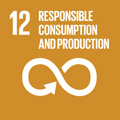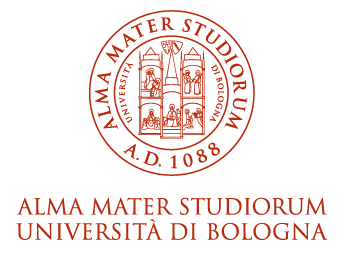- Docente: Fabio Chinnici
- Credits: 6
- SSD: IUS/03
- Language: Italian
- Moduli: Gabriele Testa (Modulo Mod 1) Fabio Chinnici (Modulo Mod 2)
- Teaching Mode: In-person learning (entirely or partially) (Modulo Mod 1); In-person learning (entirely or partially) (Modulo Mod 2)
- Campus: Cesena
- Corso: First cycle degree programme (L) in Viticulture and Enology (cod. 8527)
Learning outcomes
By the end of the course, the students will know the fundamental legal notions, especially for the sources of law, and the main institutes concerning food law and wine legislation. They will be able to develop autonomous learning skills of further knowledge and updating
Course contents
Module 1: Food Law
The fundamental legal concepts:
law and legislation; the notion of State;
Fundamental elements of European and national systems (general characteristics and main organisms);
The system of law sources (typology, production, regulatory principles).
Food law: The sources of food law, at national, European and international level;
The fundamental principles and legal notions of food law; Companies operating in the agri-food sector.
Module 2: Vine and Wine legislation
Presentation of the course and its relationship with other courses
The financing of the European agricultural policy
The common market organization (CMO): Rules for managing the wine production potential
Legislative Decree 61/2010 Protection of the P.D.O. and of P.G.I. of wines
Traceability and control system in the wine sector
Rules for wine production
Oenological practices permitted by European legislation and national regulations concerning the holding of certain products in the cellar
Definitions, terminology and legal limits for oenological products
The compulsory registrations for operators in the wine sector
Wine labeling legislation.
Law 238 of 12.12.2016 - The Vine and Wine consolidated Text
Readings/Bibliography
Module 1: Food Law
-Class Notes
- P. Di Martino, A. Di Pascale, A. Sorgato, D. Viti, Lineamenti dell'ordinamento giuridico internazionale, europeo e nazionale, Milano, 2013, Except: cap. 2 (pp. 33-45); il paragrafo 3.7 del cap. 3 (pp. 52-54); cap. 4 (pp. 57-61); cap. 6 (pp. 66-78); paragrafi 7.15,7.16, 7.17 e 7.18 del cap. 7 (pp. 120-132); paragrafi 10.2, 10.3, 10.4 e 10.5 del cap. 10 (pp. 214-222) cap. 13 (pp. 257-270)
- Luigi Costato, Paolo Borghi, Sebastiano Rizzioli, Valeria Paganizza, Laura Salvi, Compendio di Diritto alimentare, sesta edizione, Padova (ed. CEDAM), 2015, ONLY CHAPTER 1 and 2, pp. 1-121)
Module 2: Vine and Wine legislation
-Class Notes
- Note Pratiche di legislazione vinicola, 2015. Alberto Sabellico, Giuseppe Martelli . Ed. Assoenologi
Teaching methods
The main teaching tool consists of lectures supported by the material prepared by the teacher, provided to the students and projected in the classroom. During the lessons, discussion points will be proposed from news of interest in the wine industry. On certain occasions and for specific topics, the teacher will propose seminars during which He will be assisted by other speakers with recognized experience
Assessment methods
The eliged assessment method is the final exam, exclusively oral, which ascertains the acquisition of knowledge relating to the topics covered by the course. The verification of the topics pertaining to Module 1 and 2 will take place in a single session, in the presence of both teachers, through the proposal of 4 questions, in a period of about 30 minutes, related to the topics included in the program.
Teaching tools
Materials provided during the lessons.
Extracts of scientific articles or publications related to specific topics that may be the subject of independent study by the students.
Demonstrations of the use of on-line applications (GIS, or SIAN portal) for the management of the farm dossier, of the authorized wine-growing varieties or of the collection of information for the establishment of the vineyard register.
Office hours
See the website of Fabio Chinnici
See the website of Gabriele Testa
SDGs

This teaching activity contributes to the achievement of the Sustainable Development Goals of the UN 2030 Agenda.
